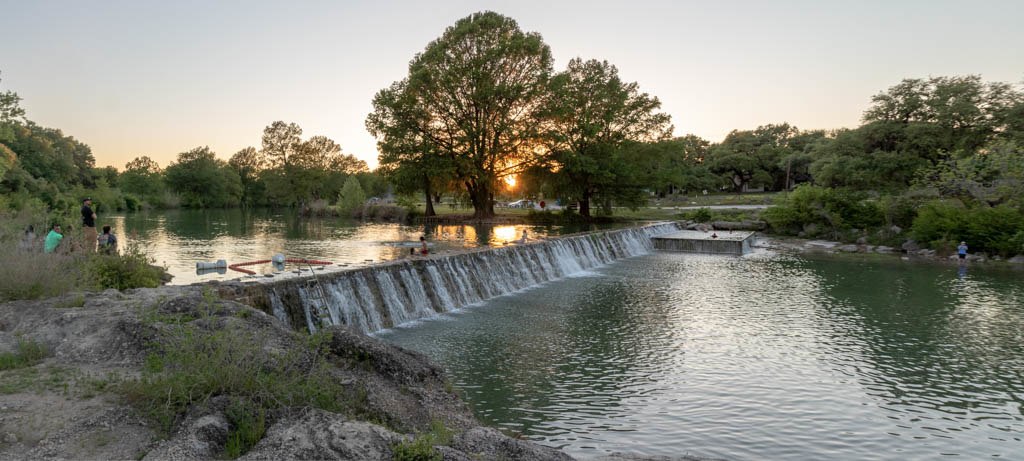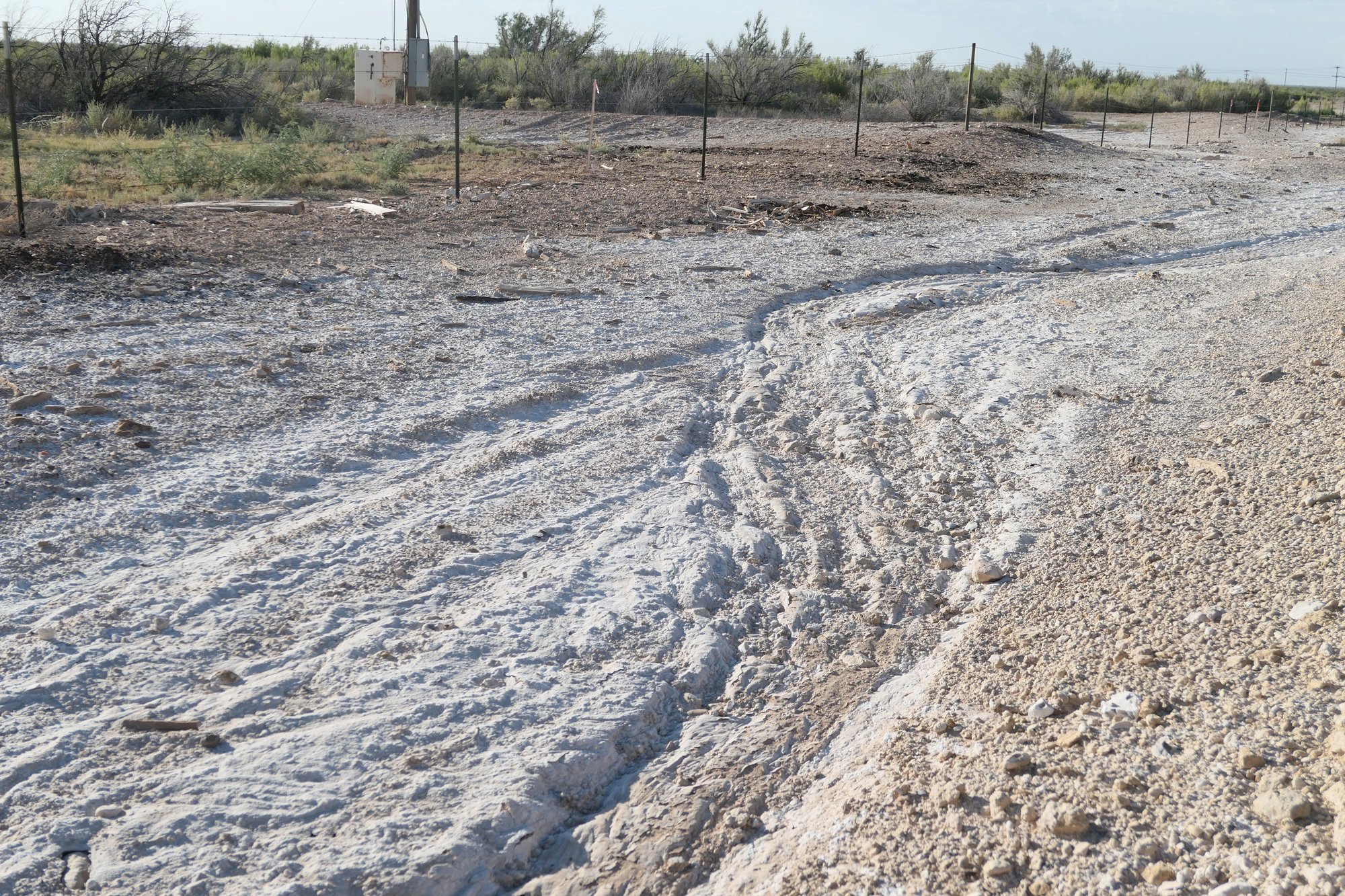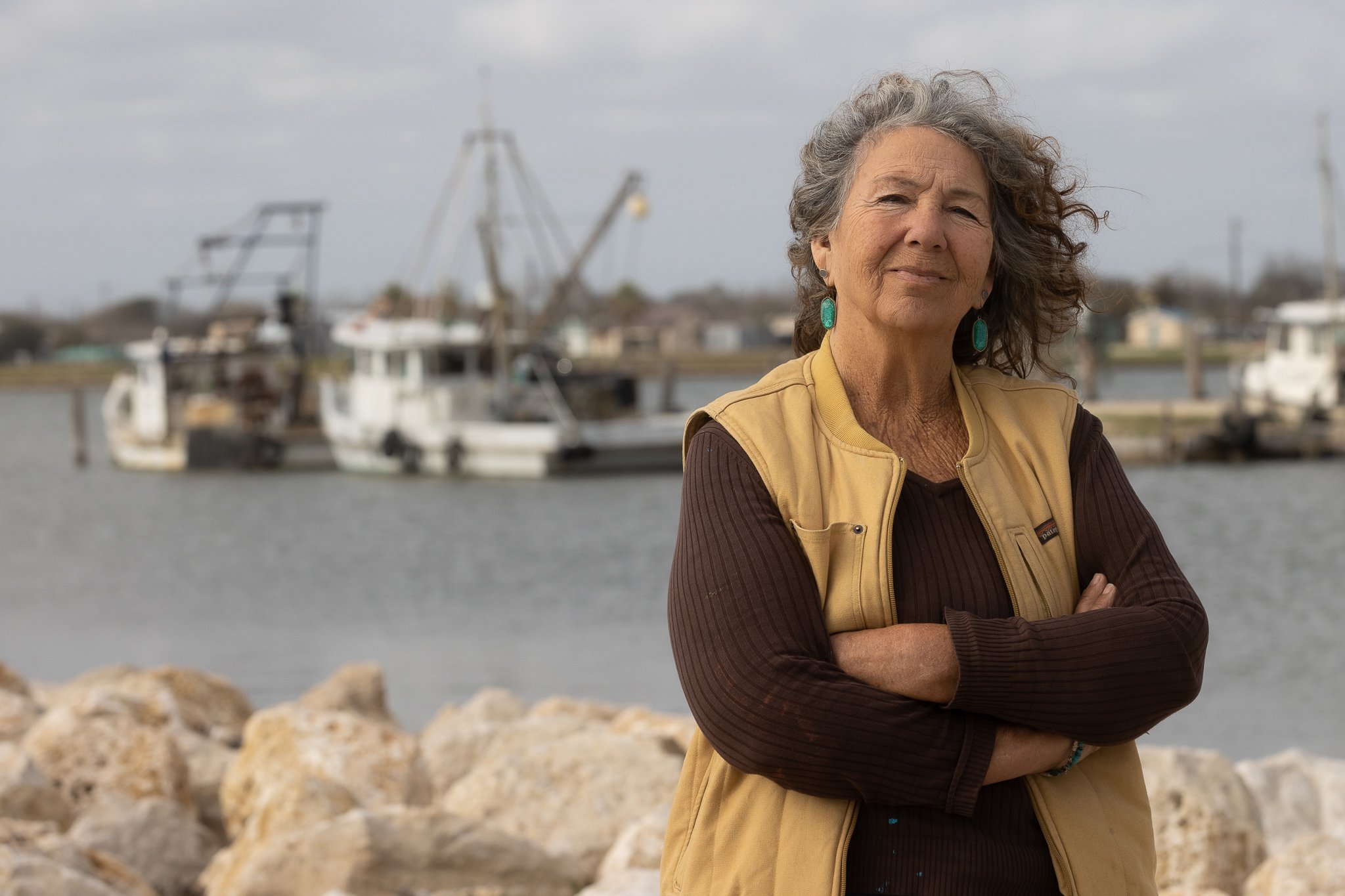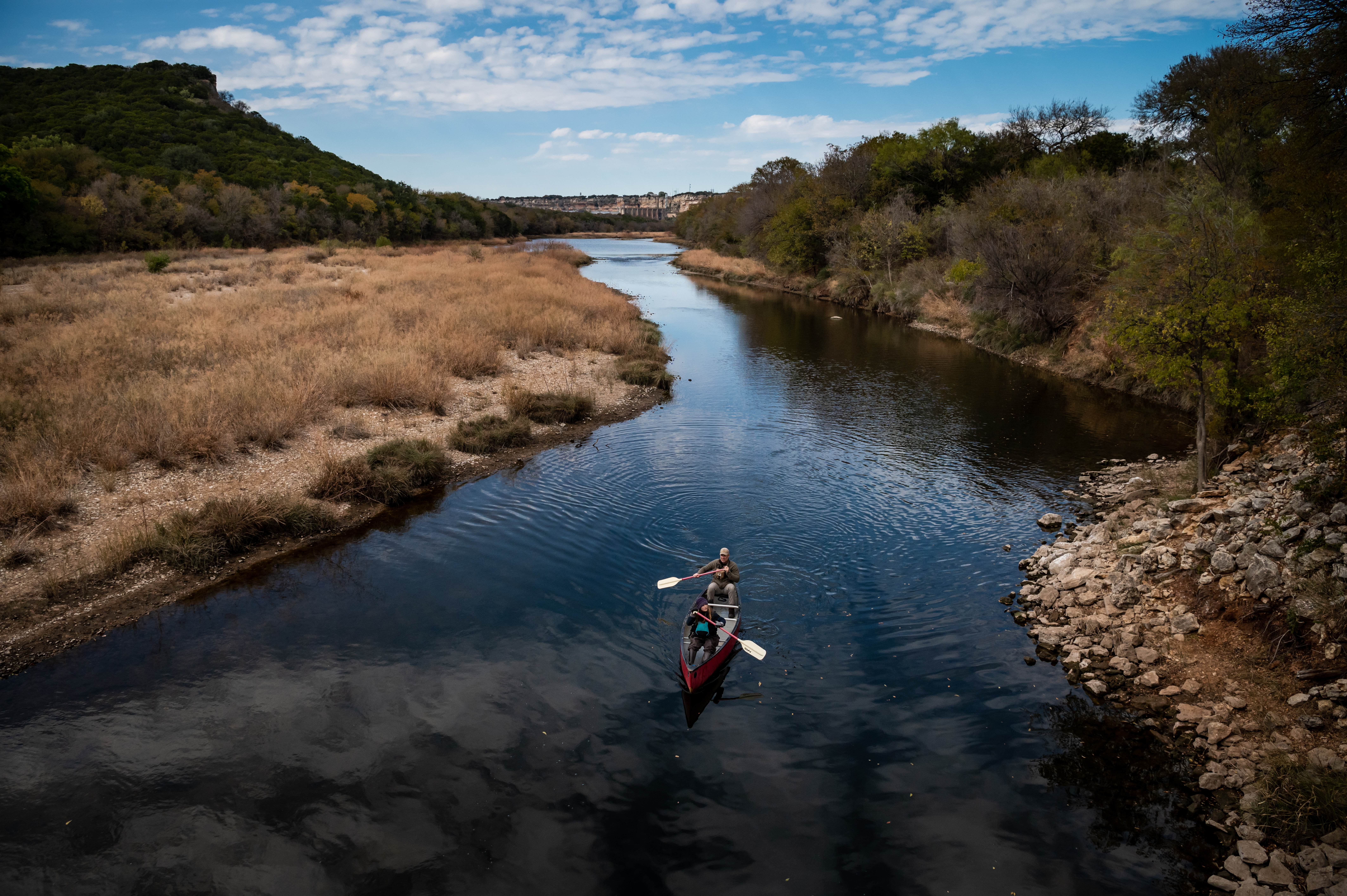
Wastewater Threatens Texas Streams
Cities have long dumped their wastewater into streams and rivers. Even treated, the wastewater can pollute waterways and contaminate aquifers.

Diane Causey is a 75-year-old antique shop manager in Utopia, a tiny town of 277 people located an hour-and-a-half northwest of San Antonio. Her favorite place in town is a swimming hole on the Sabinal River, accessed on land her family owns. This section of the Sabinal, a little-known Texas river fed by springs, is crystal-clear and chilly even in June. Each summer, Causey’s extended family of more than 100 people converge on the swimming hole for their annual family reunion; kids jump into the water from Cypress-lined banks and cannonball from a rope swing suspended above the river. They hold talent shows and worship services and music jams—Causey herself plays the keyboard but also dabbles in hammer dulcimer and banjo. “It’s always fun. It’s a beautiful place,” she says.
That’s why she was concerned when she learned this year that a property just upstream from her family campground had asked state regulators for permission to dump wastewater into the Sabinal. The plan was proposed by Young Life, a youth-oriented Christian organization that operated a ritzy summer camp for up to 500 people on the banks of the river. Now the camp sought its first discharge permit, which would have allowed it to eject up to 65,000 gallons of treated wastewater into the Sabinal each day. That didn’t sit well with Causey, whose land would be among the first sites to encounter the wastewater on its journey downstream. Causey and others sent upwards of 500 comments and letters to TCEQ to protest the plan. Young Life eventually dropped the discharge plan and agreed to treat its wastewater onsite and reuse it.
“That wasn’t what we wanted to happen to our little river,” Causey says. “Just to dump anything into the river … doesn’t seem like being good stewards of the land.”
Dumping wastewater into rivers and streams has been the modus operandi for cities and industries across the nation for well over a century. Comprehensive federal standards for treating that wastewater didn’t emerge until the passage of the Clean Water Act in 1972. Today, most of this wastewater is treated with filters, UV light, and other tools to remove the most dangerous components of human waste and to comply with federal rules. But treatment doesn’t filter out all contaminants, such as phosphorus, which feed algal blooms, nor does it always eliminate E. coli and other bacteria from the water. Experts say that the practice of discharging even treated wastewater is outdated and harmful. It can be especially disastrous in the environmentally sensitive Hill Country, where development is ratcheting up faster than almost anywhere else in the nation. In this part of Texas, more pristine waterways are being threatened than ever before.
In the summer of 2019, the Blanco River, a 87-mile stretch of clear springs that carves a path between Austin and San Antonio, was transformed into a rank ribbon of green muck. Seemingly overnight, one of the state’s most pristine and celebrated rivers was blanketed by a goopy sheet of algae that cut off access to swimming holes and smothered the homes of sunfish, dragonflies, and aquatic plants.
Residents pointed the finger at the City of Blanco, which operated a wastewater plant just upstream of the algal bloom. A year earlier, the city had gotten permission from state officials to discharge up to 225,000 gallons of treated wastewater into the Blanco River each day and was pursuing a plan that would allow it to quadruple its wastewater output. Locals were able to force a legal hearing on the permit application and the city abandoned the plan to quadruple its output. During the fight, the city also stopped discharging wastewater into the Blanco River, which eventually ran clear. The Texas Commission on Environmental Quality (TCEQ), the regulatory agency that gave the city of Blanco its permit, has no reported enforcement actions against the city for the event.
Cities have continued to dump wastewater containing phosphorus into Texas waterways because there’s no statewide rule regulating phosphorus in Texas streams and rivers, says Vanessa Puig-Williams, director of the Texas Water Program at the Environmental Defense Fund. With no numerical measurement of phosphorus levels in these waterways, it can be tough to keep it from getting in the water. “That’s an important piece of information,” she says.
Another of Puig-Williams’ concerns is about the unique relationship between Hill Country waterways and groundwater sources—surface water here seeps into karst aquifers, and vice versa. That means polluting rivers could mean polluting aquifers, a crucial source of drinking water for people and livestock. “The fact that these are sourced directly from groundwater [means] you’re essentially swimming in groundwater in a lot of these streams,” Puig-Williams says.
Opponents of discharge plans elsewhere in the Hill Country have also managed to persuade applicants to reuse wastewater or apply it to areas surrounding the property, which they say is far less dangerous for the environment. Last year, Camp OTX, also a youth camp, applied for a permit to push treated wastewater into Commissioner’s Creek, near the Sabinal, drawing protest from nearby residents. The camp struck a deal in December not to discharge into the creek. North of San Antonio, a subdivision of 2,300 homes near Bulverde fought to discharge 500,000 gallons of water into Honey Creek, which rankled nearby residents and local officials. The subdivision has since agreed to apply the wastewater as fertilizer on surrounding land.
Still, some water pollution is already occurring in pristine waterways here. The City of Sabinal has been a frequent violator, racking up a litany of enforcement actions for failing to treat water to state standards. The city, whose discharge flows into the Sabinal River, has violated limits of ammonium nitrate, E. coli, and suspended solids, which cloud water, clog fish gills, and smother aquatic habitats by lowering oxygen levels.
In neighboring Uvalde the city has violated rules regarding the discharge of nitrates and suspended solids into ponds that flow into the Leona River. The Leona River is now so polluted that it makes the list of TCEQ’s most impaired waterways in Texas. High levels of bacteria in the water discourage recreational use; low oxygen levels in the water are also a major problem. TCEQ has issued a few fines averaging $10,000 but continues to renew the cities’ discharge permits.
The cities of Sabinal and Utopia did not respond to requests for comment for this story.
There’s a better way to handle wastewater than simply pumping into rivers and streams, experts say. The “One Water” approach seeks to reuse treated wastewater for human consumption or other beneficial uses. And as shown in Honey Creek, land applications of wastewater can be a win-win for the environment, since plants are given a chance to suck up phosphorus from wastewater before it has a chance to seep into the water table. David Baker, executive director of the Wimberley Valley Watershed Association, says the current wastewater system “is a 19th century approach to water management.”
“All this water has value. We need to treat it with respect to treat it properly at each stage of the water cycle,” Baker says.
Legislation brought before the Texas Legislature in this year’s regular session could have halted discharges into such pristine streams. House Bill 4146 sought to ban effluent from entering stream segments that contain less than .06 milligrams of phosphorus per liter or drainage areas of those segments. Essentially, the bill would protect streams that had not already been polluted. It had widespread bipartisan support, along with the backing of environmentalists and traditionally conservative landowner groups. “We had broad support and it was well-founded in the in the science,” says Sky Lewey, a director of education and resource protection at the Nueces River Authority who helped spearhead the bill. The Texas Association of Builders opposed the legislation, which they called “unfair.” A group representing summer camps also registered its opposition with the measure. The bill passed through the House but died in the Senate.
Opening image: The Blanco River from inside Blanco State Park.



